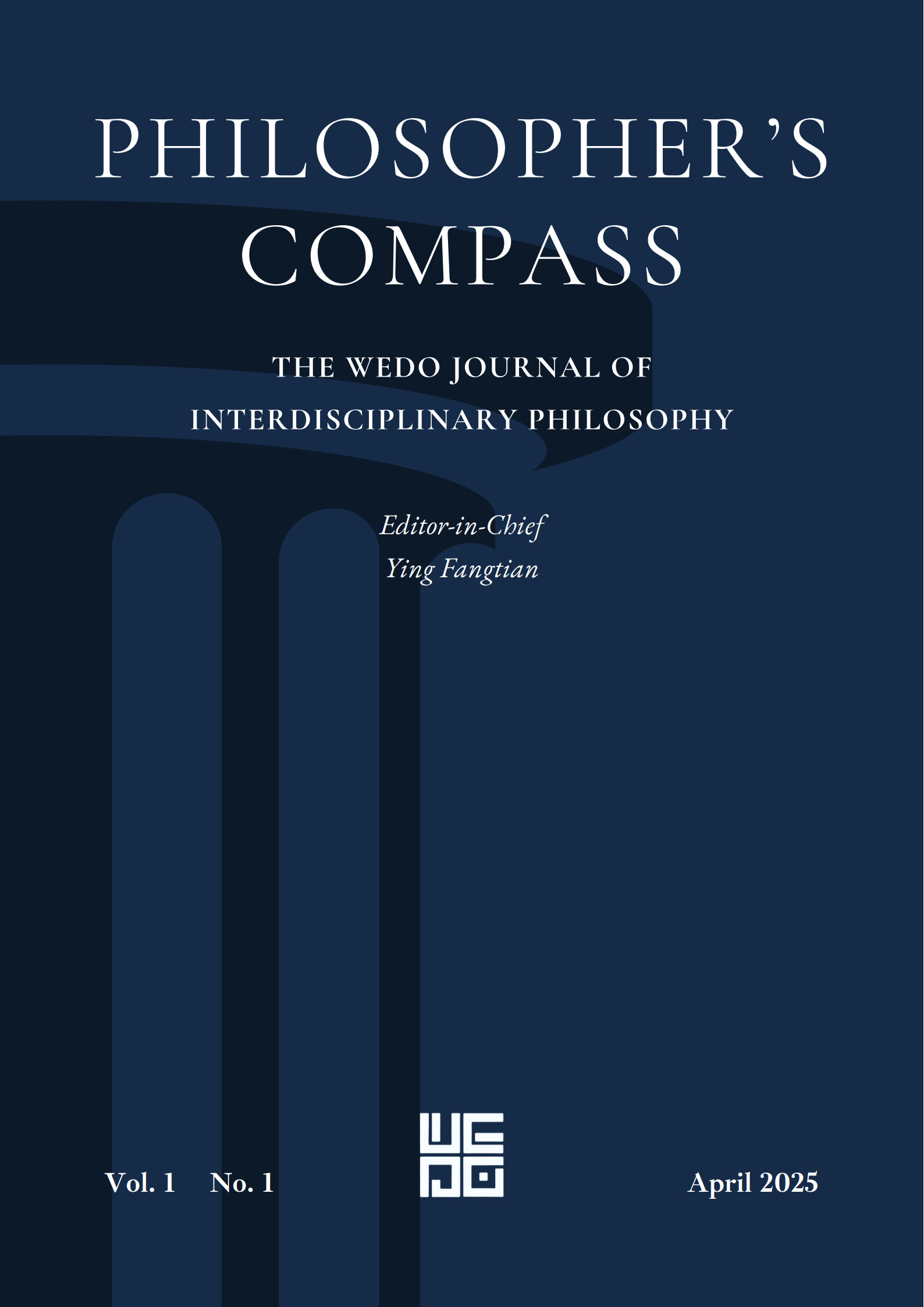Modeling Languages and Emotional Expressions
Keywords:
Modeling Language, Emotional Expression, Virtual RealityAbstract
Modeling language is crucial for the conveyance of emotions in design, exerting a profound influence on user experience and behavioral patterns. Nevertheless, most extant research efforts have been circumscribed within the boundaries of single dimensions or static variables, falling short of a comprehensive interdisciplinary and integrative study. In this paper, a meticulously controlled experimental milieu was established through the application of virtual reality (VR) technology, with the aim of systematically probing into the impact mechanisms of two paradigmatic modeling languages, namely curves and rectangles, upon emotions, heart rate variability, and creative output. The experimental protocol incorporated multi-faceted quantitative measures, such as the Positive and Negative Affect Schedule (PANAS) for gauging subjective emotional states, physiological indices (heart rate) as an objective biomarker, and creative evaluation techniques involving the Guildford Alternative Uses Task and semantic distance computation. The empirical findings divulged that the curvilinear modeling paradigm significantly augmented positive emotional valence (t=4.87, p<0.001) and concomitantly attenuated negative emotional arousal (t=2.09, p=0.04); it also led to a remarkable reduction in the level of physiological arousal as manifested by heart rate deceleration (t=4.18, p<0.001); furthermore, it effectively potentiated creative output as evidenced by an increased semantic distance (t=2.06, p=0.047). This investigation represents the inaugural attempt to validate the emotional repercussions and creative elicitation mechanisms of modeling languages within a three-dimensional virtual environment via a multidisciplinary methodological approach. The outcomes of this research furnish a scientific underpinning for architecture, product design, and human-computer interaction, effectively bridging a critical lacuna in the existing literature.





